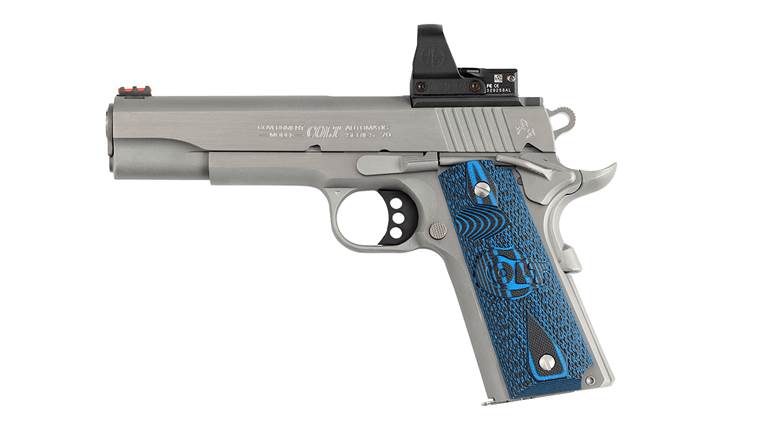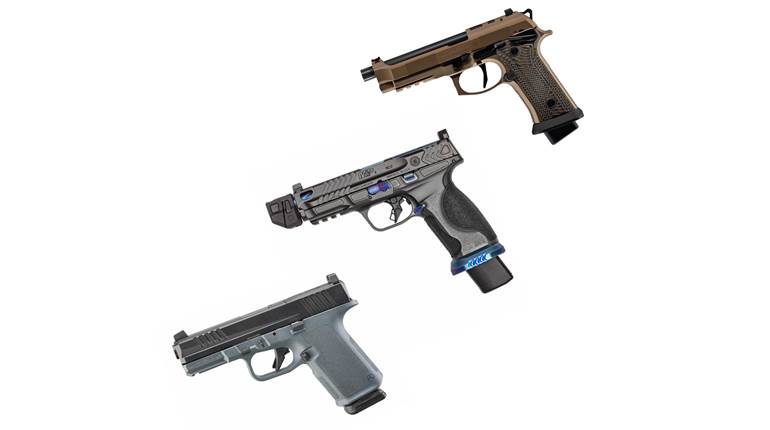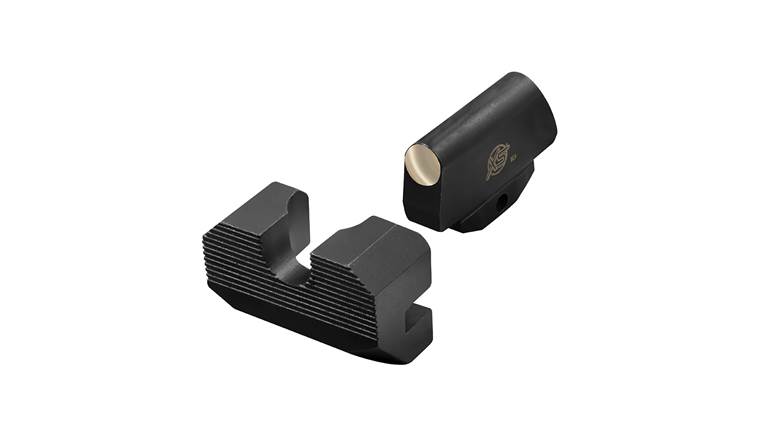
It is the most iconic name in American firearms. It may not be the oldest American gun company—that honor belongs to Remington—but Colt is more than just a factory that makes guns. It is intertwined with the fabric of American society. After all, it was Samuel Colt who introduced the world to the revolver.
It was Colt that helped jump start the American Industrial Revolution and spread the gospel of the American system of manufacturing—what we know today as interchangeable parts. This is also the company that armed everyone from Texas Rangers to the U.S. military during two world wars. Colt brought us the Single Action Army, the M1911 and, in the 1960s, the U.S. M16 rifle—and its semi-automatic-only civilian counterpart—the AR-15.
And now it is part of the Ceská zbrojovka Group SE (CZG). As reported last month, CZG was set to acquire Colt Holdings, the parent company of Colt’s Mfg. and Colt Canada, for $220 million and the issuance of 1,098,620 shares of common stock. Since that announcement, I have been bombarded with the question, “Is this good for Colt?” In a word, yes.
Ceská zbrojovka in Uhersky Brod was set up in 1936 to produce arms for the then-new nation of Czechoslovakia. Of course, the Nazis took over the country in 1938, followed by a long stint on the other side of the Iron Curtain. But the Czechs kept innovating, designing the vz. 58 rifle in the late 1950s and the vz. 61 Skorpion machine pistol in 1962. But the gun that put CZ on the map was the double-action 9 mm Luger Model 75, of which even Col. Jeff Cooper was a fan.
When the Berlin Wall came down in 1992, Ceská zbrojovka, a.s., Uhersky Brod was formed as a joint stock company that established CZ-USA in Kansas in 1997, then bought Zbrojovka Brno (the firm that designed the ZB vz. 26 and partnered with the British on the Bren) in 2004. It acquired Dan Wesson of Norwich, N.Y., in 2005, and CZG was formed in 2020.
Colt has struggled over the years, dealing with ups and downs, previous bad management and blunders that led to a contraction that rendered Colt a shell of its past greatness. Aside from military contracts, the catalog was down to Model 6920 rifles and M1911 handguns, and the West Hartford, Conn., company went into Chapter 11 bankruptcy in 2015.
Good leadership, a management team led by Colt President and CEO Dennis Veilleux and Senior Vice President Paul Spitale, positioned Colt to not only emerge from bankruptcy, but to be worth purchasing. Since they took over, every aspect of the company has improved. They have built the company back up one gun at a time, starting with the new Cobra in 2017, followed by the King Cobra and then the Python. I’m also happy to report that, as this is written, a sample of the new .44 Mag. Anaconda is on its way to our offices.
“We’ve been looking for the right owner, and we are very pleased where this ended up,” Spitale told me. Speculation about Colt closing down its Connecticut facility as a result of this transaction is just that. There’s no truth to it. Spitale told me that Colt’s 300 employees will continue to build guns in West Hartford. “We feel privileged and blessed,” he said. “We look at the amount of revenue generated, and the employees have been with us all the way—and we really need to give them credit.”
For the first time in my career, Colt is debt-free. I think Sam Colt himself, who didn’t turn the corner on debt for more than a decade, would be pleased.






































